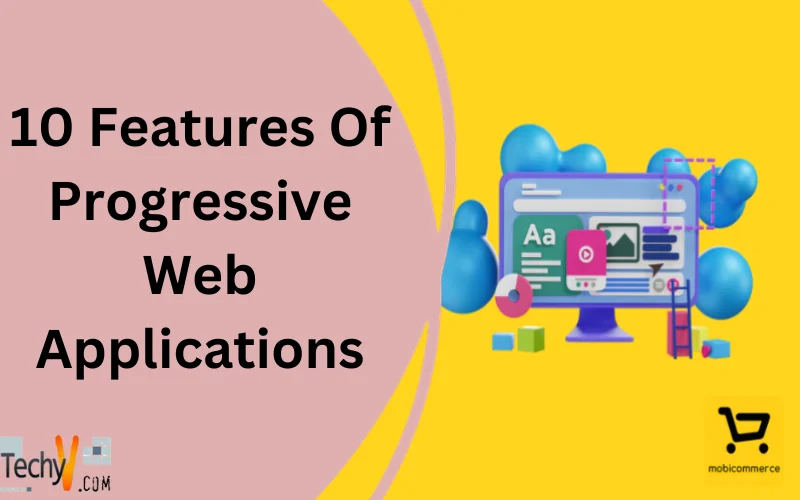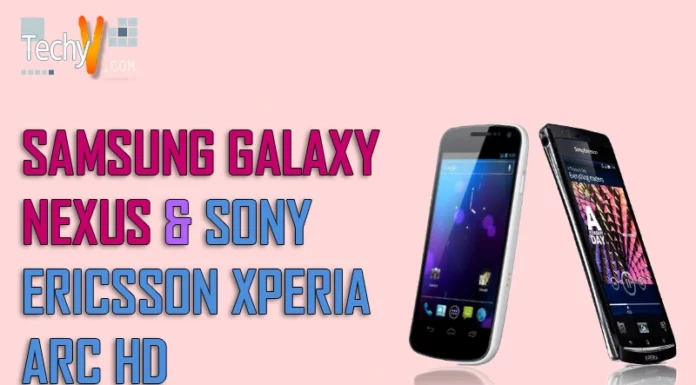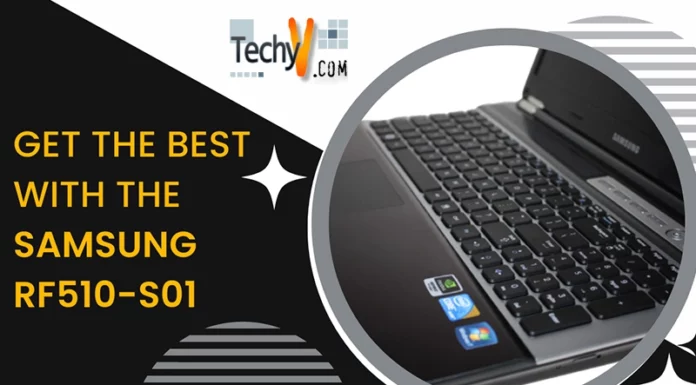What Do You Mean By Progressive Web Applications?
Progressive web applications are a term that refers to a web application that authority both web-based and native mobile innovations to offer an app-like encounter to consumers without needing them to install applications from an app store. The case, because PWAs are so efficient, is that they offer the feature-rich consumer experience of a native mobile application without dedicating the flexibility and cost benefits of web applications.
How Do They Work?
PWAs are constructed using one specific technology. They consider a new reach to building web applications using modern features, APIs, and patterns. A website must use HTTPS, register a service worker, and have a web app manifest file that examines progress. These three PWA needs serve to support a variety of modern features and abilities.
1. They Work Offline
In traditional web applications, PWAs are network individuals, which enables them to work even when the consumer is offline or has a poor network connection. On an elementary level, this is skilled by using service workers and APIs to turn and cache page requests and responses, thereby enabling consumers to browse content they previously viewed.
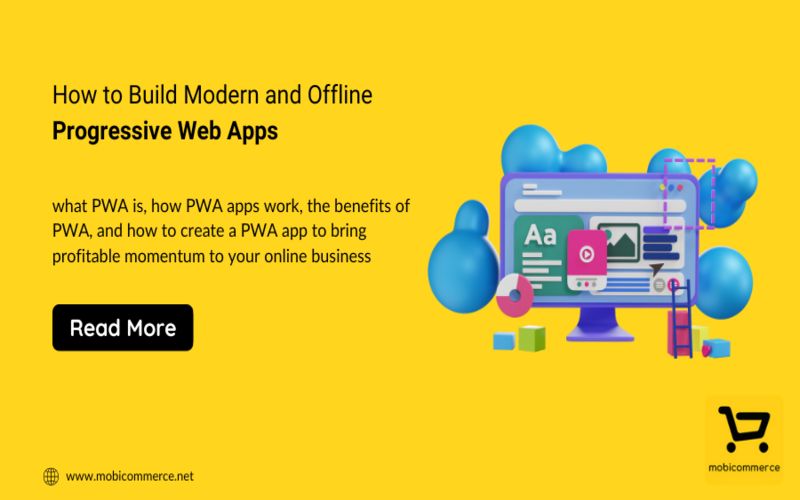
2. They Are Search Engine Optimized
PWAs are planned to be more discoverable and compatible with search engines. To support that goal, PWAs stick to specific global traditions and formats that make it simpler to list, rank, and surface content in search engines. For example, to become a PWA, a website must have HTTPs held up and include a web app manifest. In addition to offering SEO advantages, these modern technical needs make the applications more secure and allow certain progressive features like adding a website shortcut to a mobile device’s home screen.
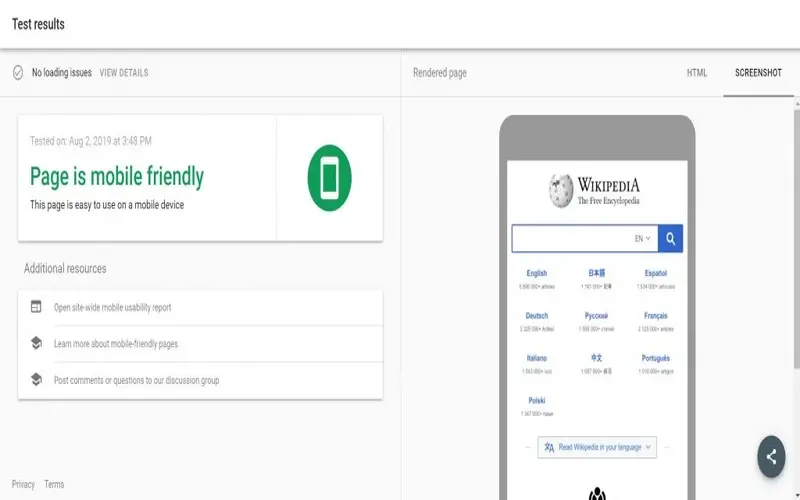
3. They Are Installable
Unlike standard web apps, PWAs can equipped on a device. It empowers consumers to enter that app along an app icon and ultimately generates a more seamless and united user experience. When consumers wish to enter the app, they can snap the escapes on their home screen instead opening of a web browser window and typing out a URL. PWAs don’t require equipment to function. Offering this option to users allows the app should behave and feel more like a native application, avoiding friction throughout the re-engagement process.
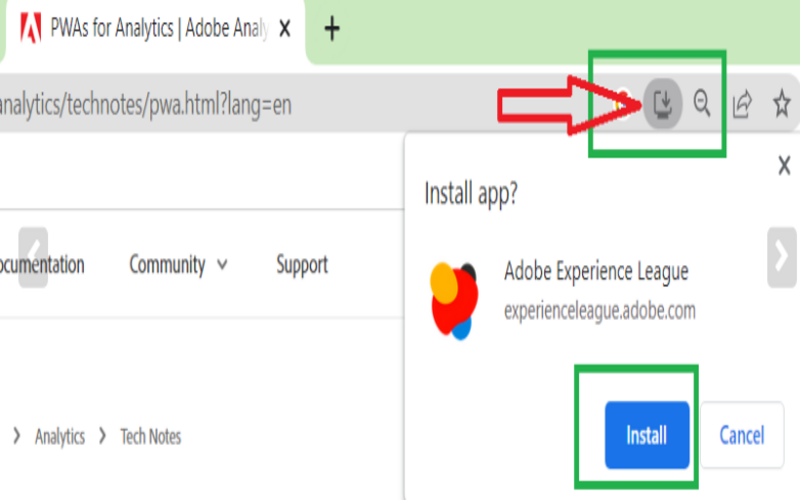
4. They Are Linkable
The native mobile and standard web applications are attainable via a direct URL without essential setup or installation. The URL structure makes it simpler to encourage consumers to engage with specific content by linking directly to a page you would have liked them to view and even securing particular text. For native mobile applications, driving certain user actions within the app requires more UI development and strategic in-app communication.
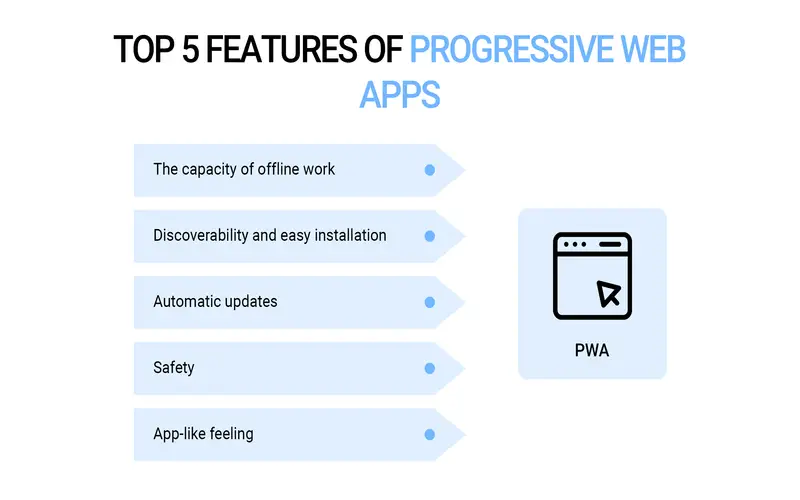
5. They Are Responsive
Mobile devices account for more than half of all internet traffic. As consumers interact with and seek out content via several channels, brands have been forced to rethink their user experience. Users want a united omnichannel experience across desktop, mobile, and physical touchpoints. The capabilities of web applications surface to automatically adapt to the device’s layout and identical consumer behavior is table stakes for delivering on this assumption. PAWs purchase modern technologies to ensure a web application’s UI is responsive.
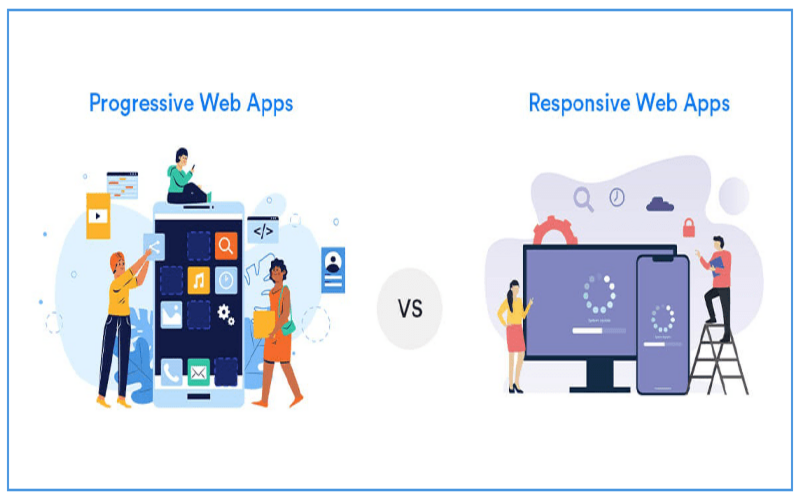
6. They Provide Built-in Security Benefits
PWAs are constructed using HTTP, which encrypts data shared between the app and the server. This protocol makes it naturally more challenging for hackers to enter sensitive data. PWAs depend on service workers to allow app functionality and need an app manifest that controls how an app may begin and displayed. PWAs have more limited rights than native applications. which generally reduces exposure to security threats. These exclusive innovations ultimately help prevent attacks and secure app security.
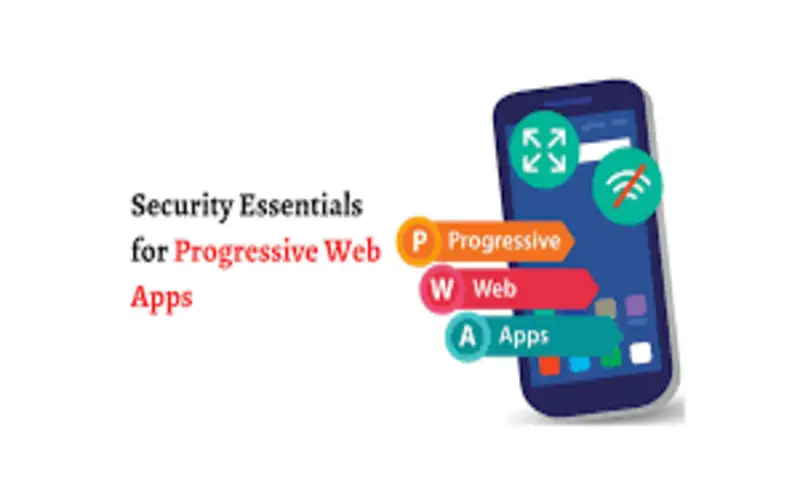
7. They Are Less Expensive To Produce Than Native Mobile Apps
PWAs are constructed using web innovations such as HTML, CSS, and JavaScript, which makes them a more cost-effective substitute for developing a native mobile application for operating systems (iOS, Android, etc). Regarding web apps, native mobile applications generally take more time and resources to build, have special requirements for each operating system, and have integrated app store maintenance fees.
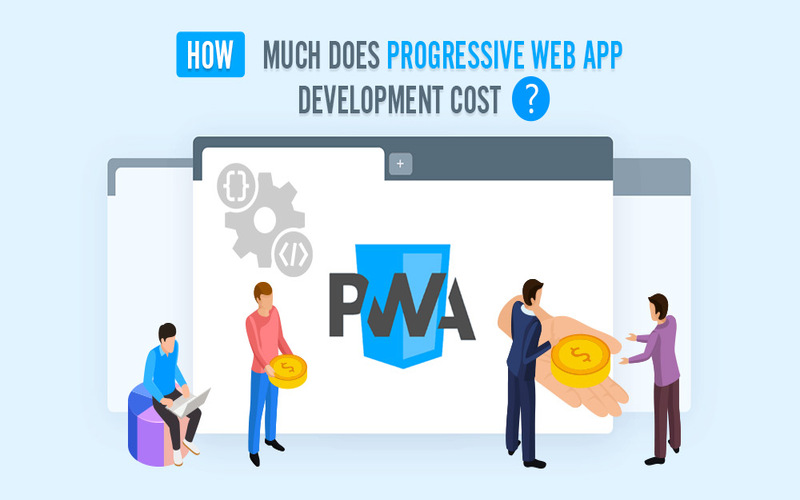
8. They Exceed And Outperform Standard Web Apps
Because PWAs are intended to be lightweight from a data-consuming standpoint, they have good load times, perfect responsiveness, and more seamless animations than standard web apps. It is associated with a more delightful, saleable, and extensible user experience across several devices. PWAs also refer to their ability to use progressive enhancement techniques to work across distinct browsers and devices even when those browsers don’t allow the same skills making them naturally more compatible than traditional web apps and native mobile applications.

9. Full Responsiveness And Browser Compatibility
These apps are raised according to progressive improvement principles. Progressive improvement is a web pattern strategy of offering the basic functionality and content to everyone regardless of browsers they use or connection status while delivering more practical page versions to consumers whose newer browsers can support them. SO, PWAs are functional with all browsers and devices, regardless of screen size or other characteristics. Tablet and mobile consumers will have the same experience. You can even alter the app to the desktop if needed.

10. Develop A Stand-alone App
Describes how to specify that a PWA should be started in its dedicated window rather than a browser tab when it is launched.
Define your app icons. This section describes how to create your own set of icons that will be used when the PWA is installed on a device.
- Customize the design of your app
Describes how to set background and theme alters for a PWA.
- Display badges
Describes how to make a badge appear on the PWA’s icon, such as to notify the user that they have new messages.
- Make typical app activities available as shortcuts.
Explains how to provide typical actions for a PWA that can be accessed via the operating system’s app shortcut menu.




